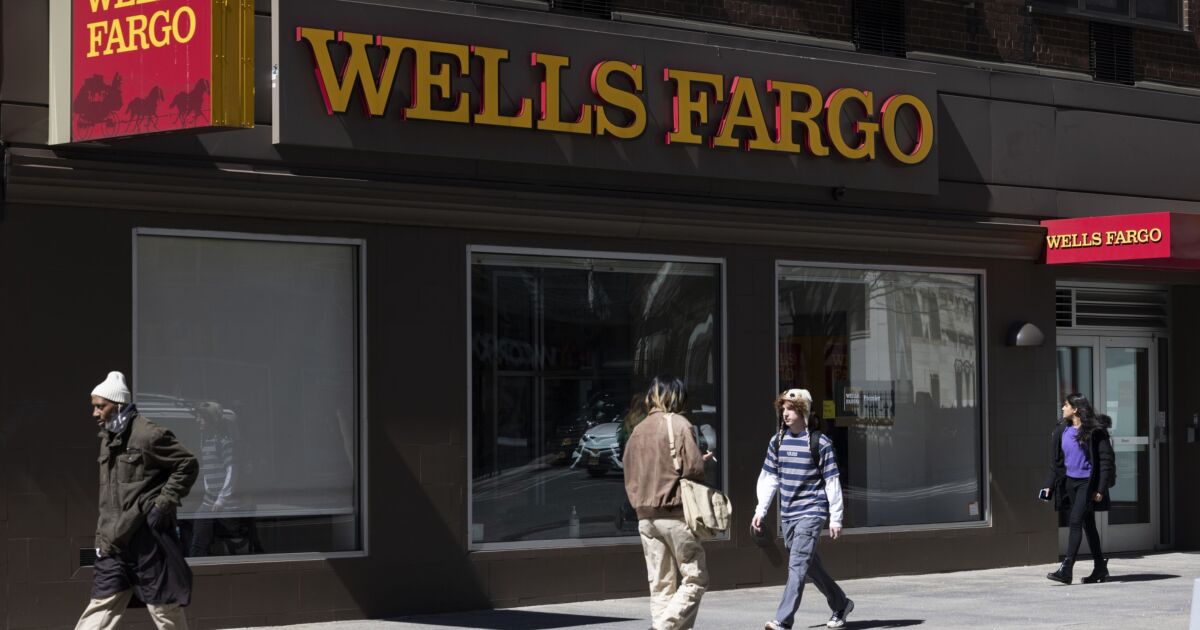
- Bottom line: Wells Fargo's third quarter profit jumped 9%, eclipsing analysts' expectations by a wide margin.
- Expert quote: "Wages have kept up with inflation for many folks, and we continue to see unemployment be quite low historically," Chief Financial Officer Mike Santomassimo said.
- Forward look: Wells Fargo increased its target for return on tangible common equity to 17%-18%, up from its previous 15% guidance
The San Francisco-based bank reported net income totaling $5.6 billion, up 9% from the same period in 2024. The result equaled $1.66 per share. Analysts had been expecting earnings per share of about $1.54, according to Zacks investment research.
Along with its third-quarter earnings, Wells announced that CEO Charlie Scharf has become the company's chairman. The move completed a transition the company first announced in August. It came despite
During the third quarter, strength across multiple business lines drove spread income and fee income higher, Scharf said. Total quarterly revenue reached $21.4 billion, a 5% annual increase.
"I'm excited about the continued progress we are making on our strategic priorities which is improving our financial performance," Scharf said in a press release. "I am more optimistic than ever about our path forward as we continue to leverage our strong franchise to position us for long-term growth."
The gains were not accompanied by credit issues, as
"We've continued to see higher payments on credit cards than what we had modeled now for a few quarters, we continue to see delinquencies perform better than what we had modeled," Santomassimo said. "The performance has been quite consistent for a number of quarters, and I think it's been good."
Auto loan originations totaled $8.8 billion in the third quarter, up from $4.1 billion a year ago. Similarly, credit card spending volume rose 9% from the third quarter in 2024, topping $47 billion.
Both Scharf and Santomassimo credited the results to underlying strength in the U.S. economy. "Wages have kept up with inflation for many folks, and we continue to see unemployment be quite low historically," Santomassimo said.
The company maintained its prior net interest income guidance, which called for a full-year total of $47.7 billion. At the same time, it lifted its medium-term return-on-tangible-common-equity target to 17%-18% from its previous 15% guidance.
"While some economic uncertainty remains, the U.S. economy has been resilient and the financial health of our clients and customers remains strong," Scharf said in the press release.
The three-month period ending Sept. 30 was



